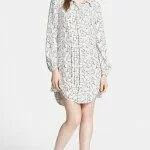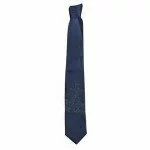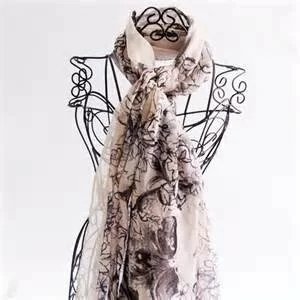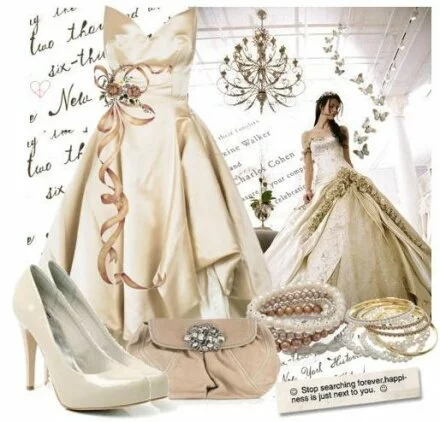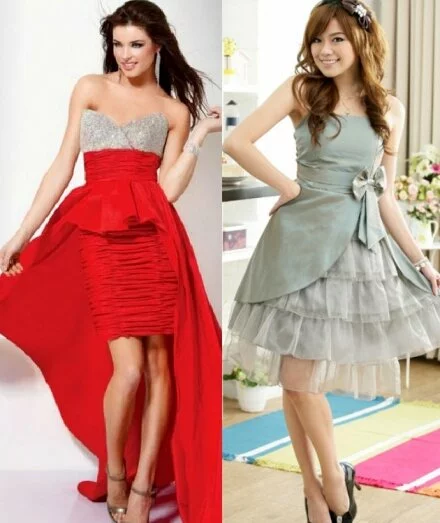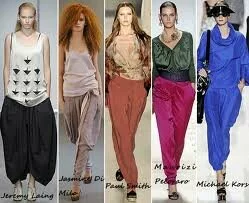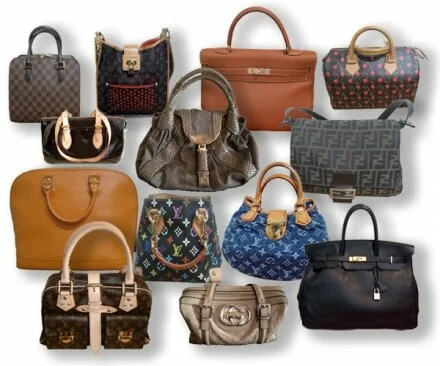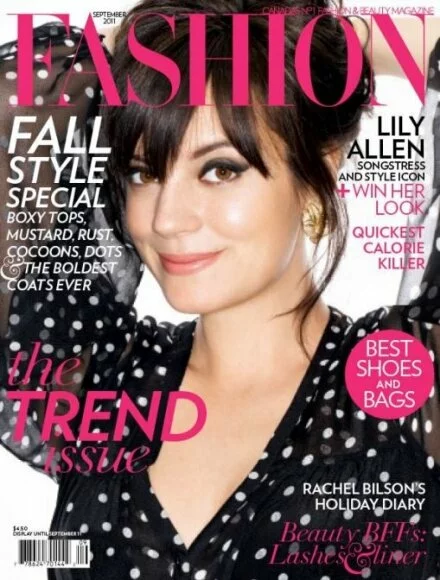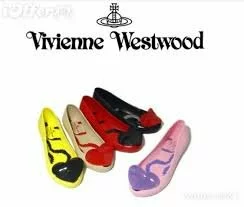Fashion Design Skills 101 – That Fashion Schools UK Don’t Cover Sufficiently
Most of the fashion schools teach draping, sewing and flat pattern-making through visual presentations. Though these are good expertise to have, but they aren’t very functional when you’re going to start your career in the fashion industry. In the real world you are supposed to be familiar with how to make computerized flat drawings, prepare garment specs, CADs, and demonstration boards. Some of you may be thinking “But I have experienced these things in school also!” and I respond: You believe you know, but you have a misconception! Go through proper training: fashion schools don’t emphasize on those skills sufficiently to fully train you for your first design position. I will discuss each skill and its significance in the fashion business in this article.
Draping and Pattern-making – Less significance
Though pattern-making and draping are important abilities, they generally only become useful when you learn with a lot of measurement. Yet, fittings are generally accomplished by technical design teams so if you enter into fashion for creation, you’ll most probably be unhappy in this kind of situation. On the artistic side of design, all you require is a fundamental know-how of what causes to develop a good shape, and how to restore a bad one. Practical pattern-making skills are not required for most of the design places, except you plan to initiate Project Runway!
Stitching – Less Significance
In creation of design, sewing isn’t that important. Of course, it’s better to be aware of the general perception of garment manufacturing, but you don’t have to to be a great needlewoman. During the job, if you have to distinguish how a certain garment is created, there are plenty of suggestions on hand: from clothes at the stores, to “how to” books and online articles. The point I’m trying to create is: if you’re stitching abilities leave something to be most wanted, don’t get strained over it.
Diagram – Nearly Needless
Sorrowfully, fashion diagrams are a vanishing art in the industry – they are hardly used by designers in the actual world. The fashion diagrams has been changed with computer drawn stylized technical sketches (floats) or more precise technical flats, which are quicker to draw and much more realistic. They do not just define a clear image of design impression, but they are an obligation for construction. Flats can be changed into CADs and can be used in mood/presentation boards. Fashion schools have not pursued this change and still emphasize more deeply on illustrations, and not sufficient on flat drawings.
Computer Programs – Must Know
I can’t emphasize satisfactory the significance of having knowledge of popular computer applications for making floats, flats and CADs. The majority of companies expect ask expertise in Adobe Illustrator, Adobe Photoshop, and Microsoft Excel as they are comparatively inexpensive in contrast to more industry oriented software. Unluckily, the coverage of Illustrator and Photoshop offered by fashion schools does not fulfil the definite demands of the fashion business. Various companies are also asking for knowledge of WebPDM, so if your college recommends a course in this program, it would be to your advantage to have it. If your school does not educate this program, discover a school or place that does presents this program and have it!
Flat Sketching – Must Know
Whilst interviewing applicants for design positions, we’ve seen candidates’ portfolios filled with attractive images and then ask “That’s good, but can you flat sketch?” If flats are integrated in their portfolios, they are typically basic, with no imperative particulars, and are not eye-catching. If the candidates sketches are a bit decent; my then query is “do you know Illustrator and Photoshop?” approximately everyone says of course, but it’s generally far-off from the fact.
Many fashion school graduates acutely trust that they know these programs very well, but what you are educated in school isn’t enough – fashion schools don’t educate these talents well enough for access level designers to be capable within the fashion business. Schools just educate ABC, which are usually forgotten with no application. Take the additional effort to perform and become at ease with Adobe Illustrator, Adobe Photoshop and other programs further than what schools educate: study books and take additional lessons (presented in either classroom or online settings).
Creating Specs in a Copycat Industry – Must Know
Getting knowledge of how to spec (measure and detail) a piece of clothing to make garment specifications, or “specs” is a basic skill. A lot of companies produce their spec sheets with Excel. Even though garment sizes and measurements differ from company to company, according to different market sections and groups, if you are familiar with the rules, you’ll be able to rapidly adjust to the standard of any company. You don’t even have to to know how to build up specs from nothing!
As a chief designer, to set spec principles for a company, I generally went to unlike stores, found garments with an excellent fit and imitated the basic measurements. This is rather universal – the fashion commerce is a copycat industry- the majority fashions showcasing in the stores are knock-offs of a different company. On one occasion during a shopping tour in London, a store salesperson observed I was accumulating style ideas. He revealed that his store received a steady flow of American design companies such as Calvin Klein, whose designers come to knockoff their commodities. That’s true – even best designer brands use knockoffs for their ready-made compilation. There is even official vocabulary: a “knockoff” is when a style is copied and a “rub-off” is when patterns are copied.
Educate Yourself!
Lots of fashion schools such as FIT in UK (Fashion Institute of Technology) offers vital classes like “flats and specs for the fashion industry” but trust it or not, these courses are not necessary by the syllabus! One more useful course that should be in use is “creative fashion presentation.” Sales persons use demonstrations a lot as visual aids. Moreover, they produce a good effect and express inspiration level. If you can create exceptional presentations you’ll be assigned to do them frequently, and trust me it’s more fun to make boards than do fits or mail faxes and arrange display areas.
To sum up: with the aim of getting an employment previous to the rest of the entry level fashion design applicants, you need to emphasize on refining skills that are highly required in the business. Become expert with flat sketching, take account of flats in your portfolio, and be exceptionally calm and well-informed in Illustrator and Photoshop. Not only will you be ready with the capabilities you require to succeed in fashion, but discussing how you went the additional effort to keep up with industry standards will absolutely strike any prospective group!

